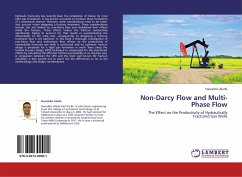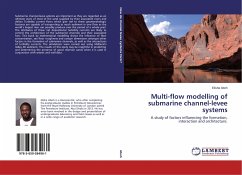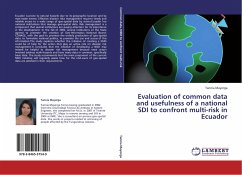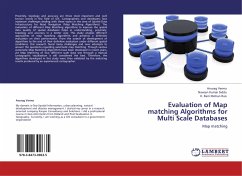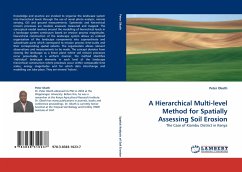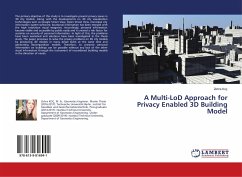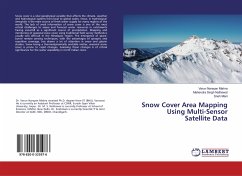Hydraulic fracturing has recently been the completion of choice for most tight gas formations. It has proven successful to produce these formations in a commercial manner. However, some considerations have to be taken into account when designing a fracture treatment. These considerations include, but not limited to, non-Darcy flow and multiphase flow effects inside the fracture. These effects reduce the fracture conductivity significantly. Failing to account for that results in overestimating the deliverability of the wells and, consequently, to designing a fracture treatment that is not optimum. In this book a thorough investigation of non-Darcy flow and multi-phase flow effects on the productivity of hydraulically fractured gas wells is conducted and an optimum fracture design is proposed for a tight gas formation in south Texas using the Unified Fracture Design (UFD) Technique to compensate for the mentioned effects by calculating the effective fracture permeability in an iterative way. A comparison between the UFD and the most well known 3D fracture simulators is also carried out to point out the differences as far as the methodology and design considerations.
Bitte wählen Sie Ihr Anliegen aus.
Rechnungen
Retourenschein anfordern
Bestellstatus
Storno

